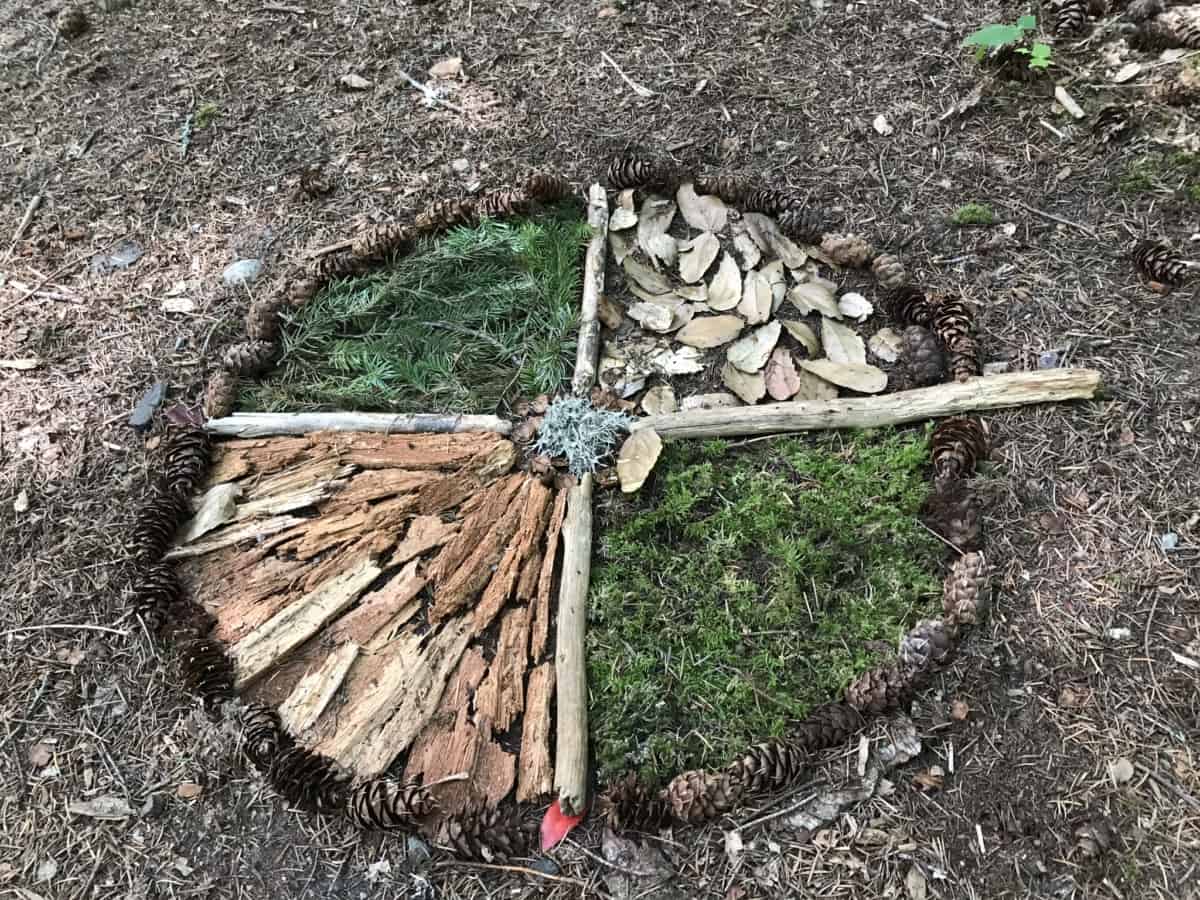
Mountain School @ Home: Lesson 3 – Nature Art & Writing
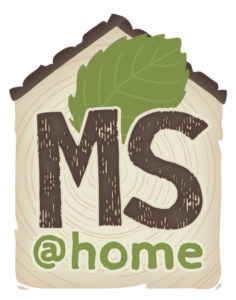 Students! Parents! Teachers! During this time of school closures and stay-at-home guidelines, North Cascades Institute is sharing lessons and activities from our talented Mountain School instructors. We hope these will inspire students of all ages to continue to learn about the natural world and discover new connections to the outdoors from home. This lesson was created by Mountain School instructors Emily Schauble and Bridget Stuart. Find more lessons and activities on our blog or website.
Students! Parents! Teachers! During this time of school closures and stay-at-home guidelines, North Cascades Institute is sharing lessons and activities from our talented Mountain School instructors. We hope these will inspire students of all ages to continue to learn about the natural world and discover new connections to the outdoors from home. This lesson was created by Mountain School instructors Emily Schauble and Bridget Stuart. Find more lessons and activities on our blog or website.
Nature Art & Writing
Art can be a wonderful strategy for expressing feelings and processing emotions in a positive manner for both children and adults alike. Remember that there is no “right” way to do art or be an artist – any method of expression is valid. Even though it can be difficult, try to not get hung up on the end result and focus more on the process of creating. It’s about the journey not the destination!
There are so many different styles of art and we invite you to explore what medium feels natural to you. Here are some ideas to get you started…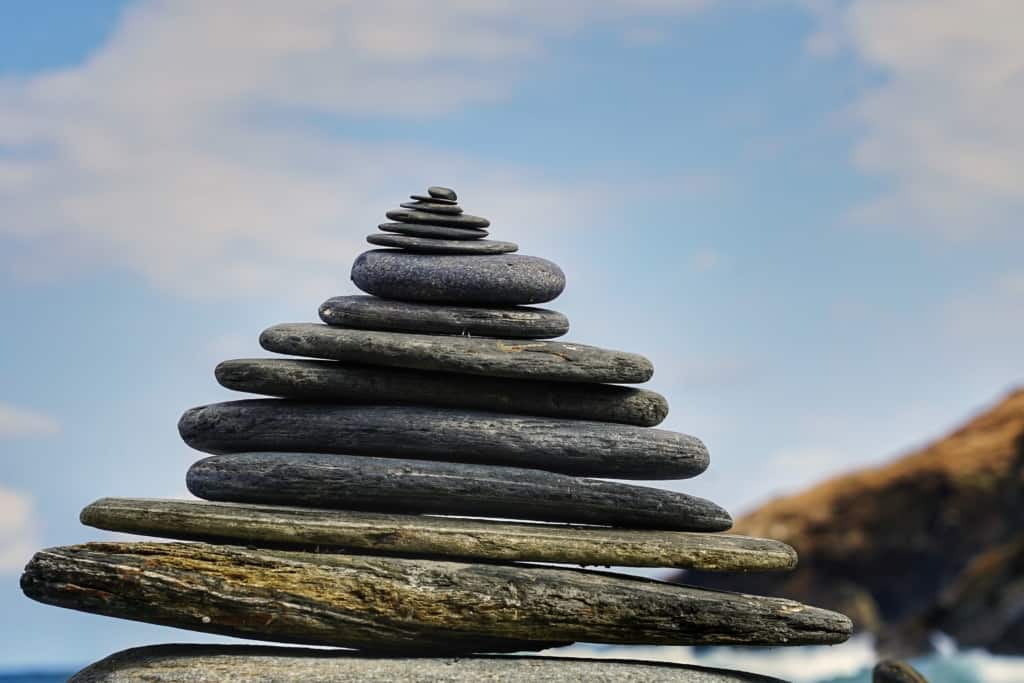
Ephemeral Art
Head outside and create a piece of ephemeral art. Ephemeral art is the practice of creating a sculpture or design from the natural materials around you. The intention is that it will eventually merge back into its natural environment as it is exposed to the elements and creatures that disturb it. You could balance rocks, arrange leaves in patterns, draw designs in the sand, create fairy houses with nature objects… the options are endless! Some people like to create ephemeral art installations anonymously in parks to inspire curiosity and wonder in those that happen upon it. This could be a unique way to connect with community while practicing social distancing. Do a quick search online for more inspiration.
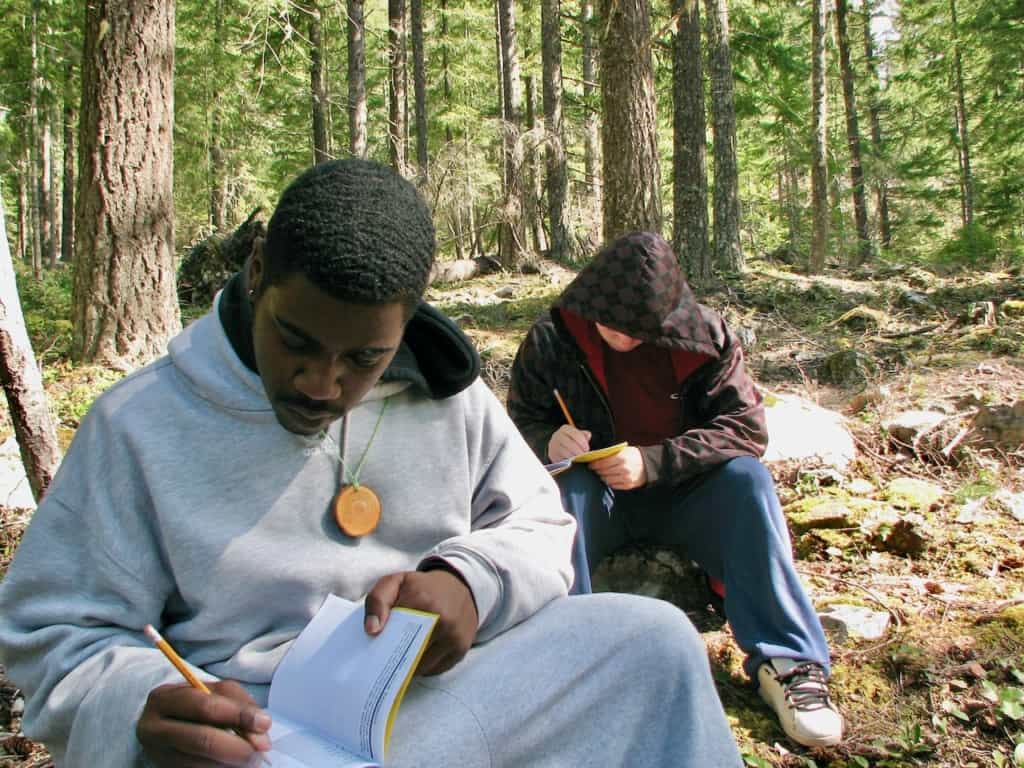
The Written Word
Poetry and prose can also be a way to explore and release creative energy. The written word can be powerful and inspirational, but also silly and fun too! Remember that you’re only writing for yourself, unless you want to share. Give yourself the freedom to make mistakes. If you feel stuck, spend some time looking for nature around your house, out your window, or in your backyard, and here are a few prompts as well.
- What’s your favorite flower or plant? Write a poem about its personality.
- Tell the story of your hiking shoes. Where have they been, where do they want to go? What obstacles have they faced?
- Write a story about the wild in the city (think: dandelions growing in pavement cracks, birds nesting in buildings, etc) or about the wild taking over the city (which creatures would make their homes where?)
- Take a few minutes to write down as many descriptive words as possible about your favorite place in nature. Can you make a poem with all of these?
- Tell the story of a raindrop as it travels through time and space. What different forms does it take during its journey?
- Choose one subject and experiment with form – try haiku, acrostic, free verse, rhymed couplets, etc.
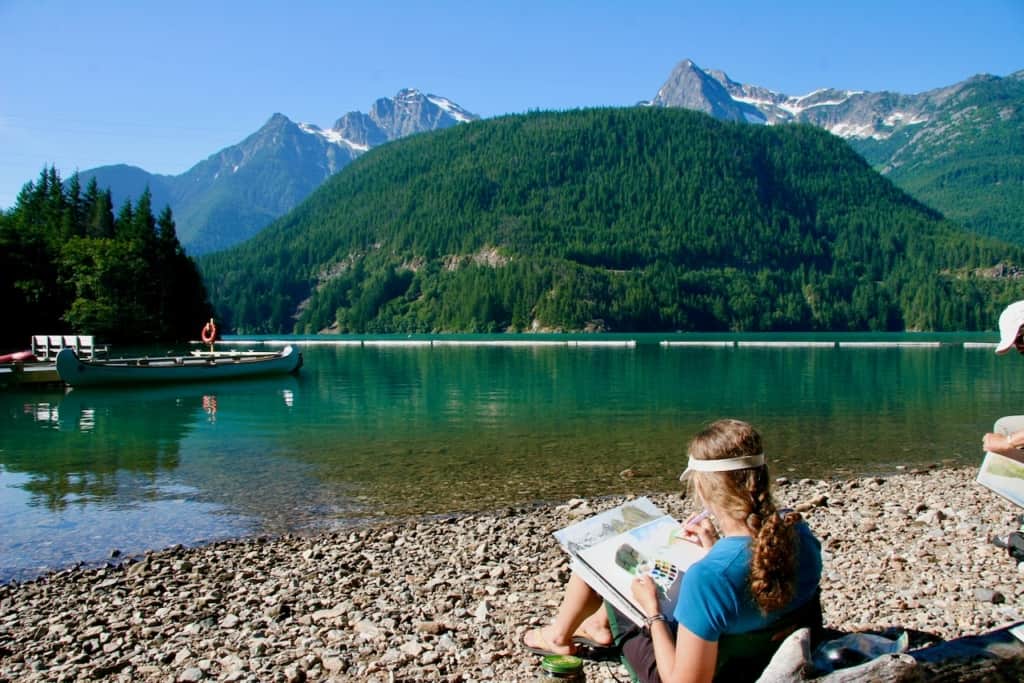
Nature Drawing/Painting
It’s time to grab your pencils, pens, crayons, or paints! You might try drawing or painting a natural object you find, or try something new from the list below. You can do these activities sitting out in nature or at a view from a window, from your memories, or looking for inspiration around your home. Art is a phenomenal way to broadcast hope during tough times, and can even be used as a tool for social activism when you’re not able to be physically present.
- Partner activity: choose a nature object without showing the other person and have them draw it based on your description. Be very detailed! Compare the drawing to the object and then switch roles.
- Try your hand at making natural inks. Charcoal, berry juices, brightly colored spices, dirt, and plants can all be used for natural coloring materials. Look up a specific recipe online or enjoy the process of discovering what works.
- Use a crayon or a pencil to make rubbings of nature objects as a way to visually explore texture. Then label your rubbing or make a quick sketch of the whole object to document what the rubbing came from.
More Ways to Connect with Nature
There are a plethora of ways to connect with the natural world near you in addition to the suggestions above. Maybe you end up writing a poem about blackberries using blackberry ink. Or, maybe you meet a tree and afterwards do a rubbing of its bark. Any number of things might have grabbed your attention during these activities—a fern, insects, or bird. This could be an appropriate time to find a nature documentary about this organism, look for an audiobook from your local library’s website or even start a journal to share with yourself, those around you, or the world. We encourage you to search for a connection to the natural world in a way that speaks to you and expand your comfort zone by trying new things!
Send us pictures of your nature art to photos@ncascades.org!
Thank you for helping us offer these at-home lessons for transformative learning experiences in nature by making a gift at www.ncascades.org/give.

